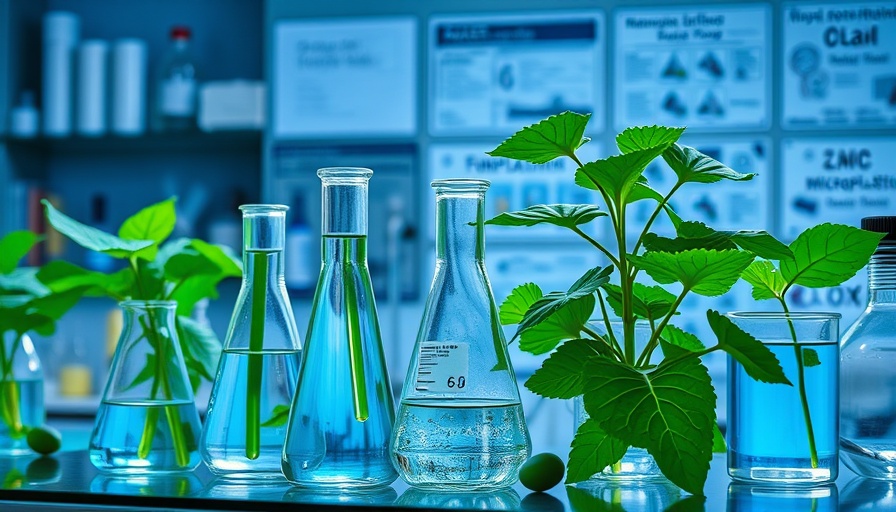
Transforming Water: The Power of Okra and Fenugreek
In an age where environmental concerns are at the forefront of global discussions, two humble plants—okra and fenugreek—have emerged as champions in the battle against microplastics in water. Recent research indicates that these natural extracts can effectively remove a significant majority of microplastics from contaminated water sources. As more studies reveal the extensive presence of microplastics affecting our ecosystems and health, innovations such as these offer hope for a cleaner, healthier future.
Why Microplastics Matter
Microplastics, tiny plastic particles less than five millimeters in size, have found their way into our waters and ultimately into our food systems. Their presence poses serious risks to both environmental and human health. Consuming contaminated water can lead to a host of health issues, including the disruption of hormonal systems and potential links to various chronic illnesses. This makes finding effective solutions to reduce microplastics essential for everyone, especially those committed to a wellness lifestyle.
The Science Behind Okra and Fenugreek
Researchers have discovered that okra and fenugreek extracts possess unique chemical properties that enable them to bind with microplastics, effectively removing them from water. This natural filtration process is not only innovative but also highlights how traditional plants can play a significant role in contemporary environmental solutions.
Practical Insights for a Wellness Lifestyle
Incorporating okra and fenugreek into your diet can offer more than just environmental benefits; they are also nutritional powerhouses packed with vitamins, minerals, and antioxidants. By adding these ingredients to your meals, you not only support your health but also contribute to wider efforts to combat plastic pollution. Consider them as viable elements of your personal wellness plan.
Your Role in Promoting Change
Awareness is key. As consumers, we have the power to support sustainable practices and push for cleaner water solutions. Educating yourself about where your water comes from and advocating for natural remedies that mitigate plastic pollution can contribute to a healthier planet.
By being proactive in your wellness journey and making informed dietary choices, you can contribute to both your personal well-being and that of the environment. For more information on adopting a balanced life, explore practical tips and routines that can transform your daily wellness habits. Let's commit to making informed choices that lead to a healthier, more sustainable future together.
 Add Row
Add Row  Add
Add 



Write A Comment